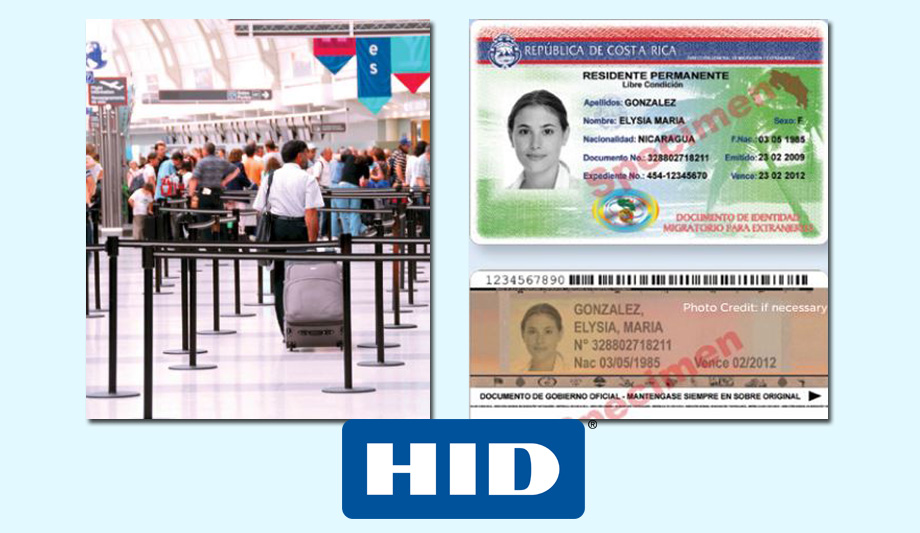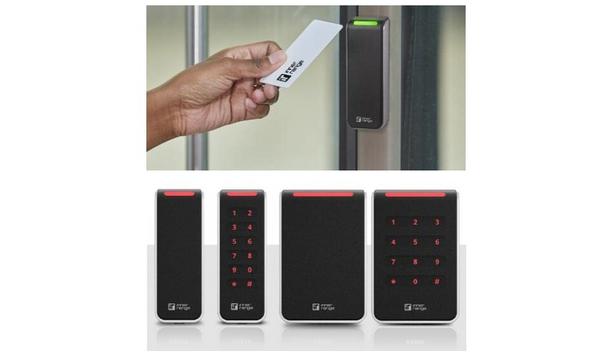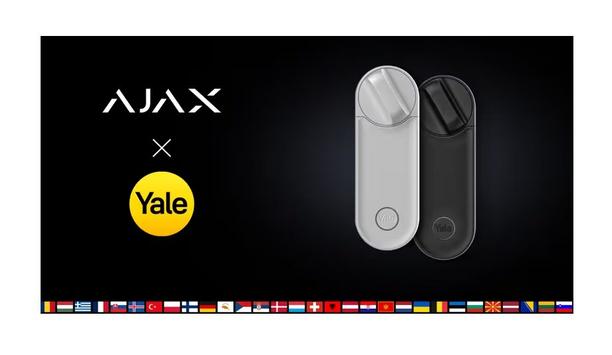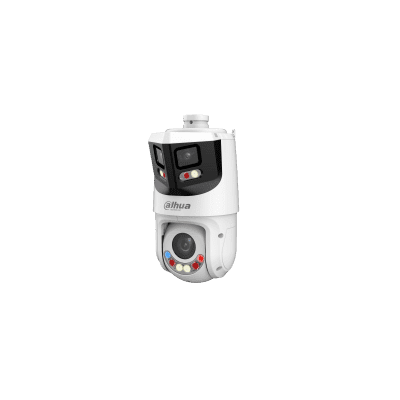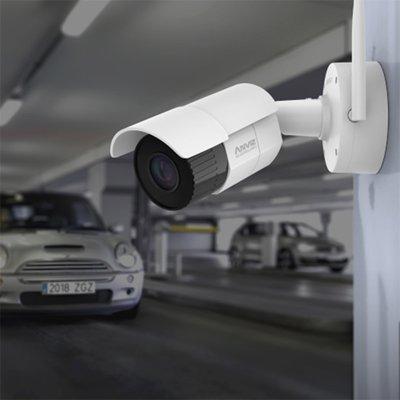Costa Rica’s rapidly developing economy represents a strong attraction for regional economic migrants. With a population of over four million, Costa Rica is host to some 200,000 legal foreign residents. Easily-counterfeited, paper-based foreign resident credentials had created social, economic and security problems for Costa Rica. With hundreds of thousands of illegal workers placing heavy demands on the nation’s social welfare system, Costa Rica needed to replace the insecure ID documents.
New advanced ID credential system
Following the enactment of a new immigration law in July 2005, the Department of Immigration (DGME) specified an advanced, tamper-proof ID credential system to replace the older, paper-based documents. The requirements for this were as follows:
Credentials: Counterfeit-resistance, machine-readable biometrics and secure data storage were the chief priorities for the new cards. The combination was required both to prevent fraudulent alteration and withstand multiple years of use.
Card Issuance: The government required a card issuance management solution to accelerate programme start-up and maintain security while delivering high yields, consistent quality and predictable card issuance levels.
An integrated ID solution
ID Credentials: Based on the success of the Us Permanent Resident Card, or “Green Card” programme, the Costa Rican Government selected credentials based on HID Global’s LaserCard® optical security media. The digital security of this tamper-proof and counterfeit-resistant technology has never been compromised. With this move, Costa Rica envisioned the emergence of a regional standard in ID documentation, offering world class security and compatibility with the US and neighbouring countries.
The Costa Rican Government selected credentials based |
Card Issuance: The government also contracted for the delivery of a complete ID management system via the company’s Professional Services group. HID Global’s end-to-end system controls the entire process, from data capture to credential issuance. The system was delivered on time and on budget.
Meeting increased security imperatives
The front of the DIMEX card includes security printing and inks, and a hologram. The digital photograph and demographics of the cardholder are laser engraved and are therefore highly tamper-resistant.
The reverse side features an optical media stripe with an eye-readable laser-etched version of the information contained on the front, including the cardholder’s photograph, name, date of birth and registration number. This information cannot be erased or altered. Also, the cardholder’s portrait, demographics and fingerprint image are digitally encoded in the optical stripe and can only be read by a special securely designed reader.
Enhanced security and usability features make the DIMEX program one of the most effective of its kind in the world.
- Secure Micro-Images: Resolved at up to 24,000 dots per inch, microimages provide overt, covert and forensic card authentication and exceptional counterfeit resistance.
- Security Diffractive Image: Covert security feature can be verified with simple Level II inspection tool.
- Personalised Embedded HologramHD: A high resolution, high contrast image of the cardholder is laser etched into the optical media — one of the most significant visual security components of optical card credentialing programmes.
Features for today’s reality
Counterfeit Resistance: The data recording process is physically irreversible, creating a permanent audit trail, and preventing fraudulent alteration. Additional safeguards are created by the tamper-proof “Personalized Embedded HologramHD”.
New biometrics or personal |
High Data Capacity: The 1.7 megabyte optical stripe has more than adequate capacity to hold all required demographic and biometric information, and can be updated as needed.
Durability: The laminated structure meets stringent durability requirements, as certified by independent laboratories, enabling a 5-year lifetime for the DIMEX Card.
Low Cost Solution: The combination of advanced technology, durability of construction, data capacity, and application flexibility deliver maximum return on investment.
Speed of Use: In just a few seconds, all card information can be read. This includes all demographic data, colour photograph, and fingerprint files, and allows a biometric match to be made.
Updateable: New biometrics or personal data can be securely added by authorised personnel to help prevent obsolescence and fraud.
Card Issuance: A suite of demographic and biometric data collection and card issuance equipment and solutions, including:
- Enrollment of approved foreign residents
- Automatic fingerprint identification to prevent duplicate card issuance
- Optical card printing and encoding servers
- Card issuance controlled by HID Global’s Biometric Verification System
For any ID card to be effective, it must be usable in a variety of situations. Optical media-based ID credentials enable authorities and inspection agents to make a confident judgment about card authenticity and visual identification of the cardholder, even where electronic readers are not available.
